Detailed Report: Strengthening Old Church Road Bridge Analysis
VerifiedAdded on 2023/06/15
|5
|857
|163
Report
AI Summary
This report provides recommendations for strengthening the Old Church Road bridge without demolishing it, focusing on two primary methods: steel plate strengthening and Fiber Reinforced Polymer (FRP) strengthening. The report details the advantages and processes of each method, noting the cost-effectiveness, availability, and ease of use of steel plates, as well as the superior strength-to-weight ratio of FRP. It emphasizes the importance of proper surface preparation for both methods to ensure effective bonding and composite action. The report concludes that while various materials are available for strengthening concrete structures, steel plate and FRP are the most preferred due to their beneficial features and widespread application in bridge rehabilitation projects.
1 out of 5
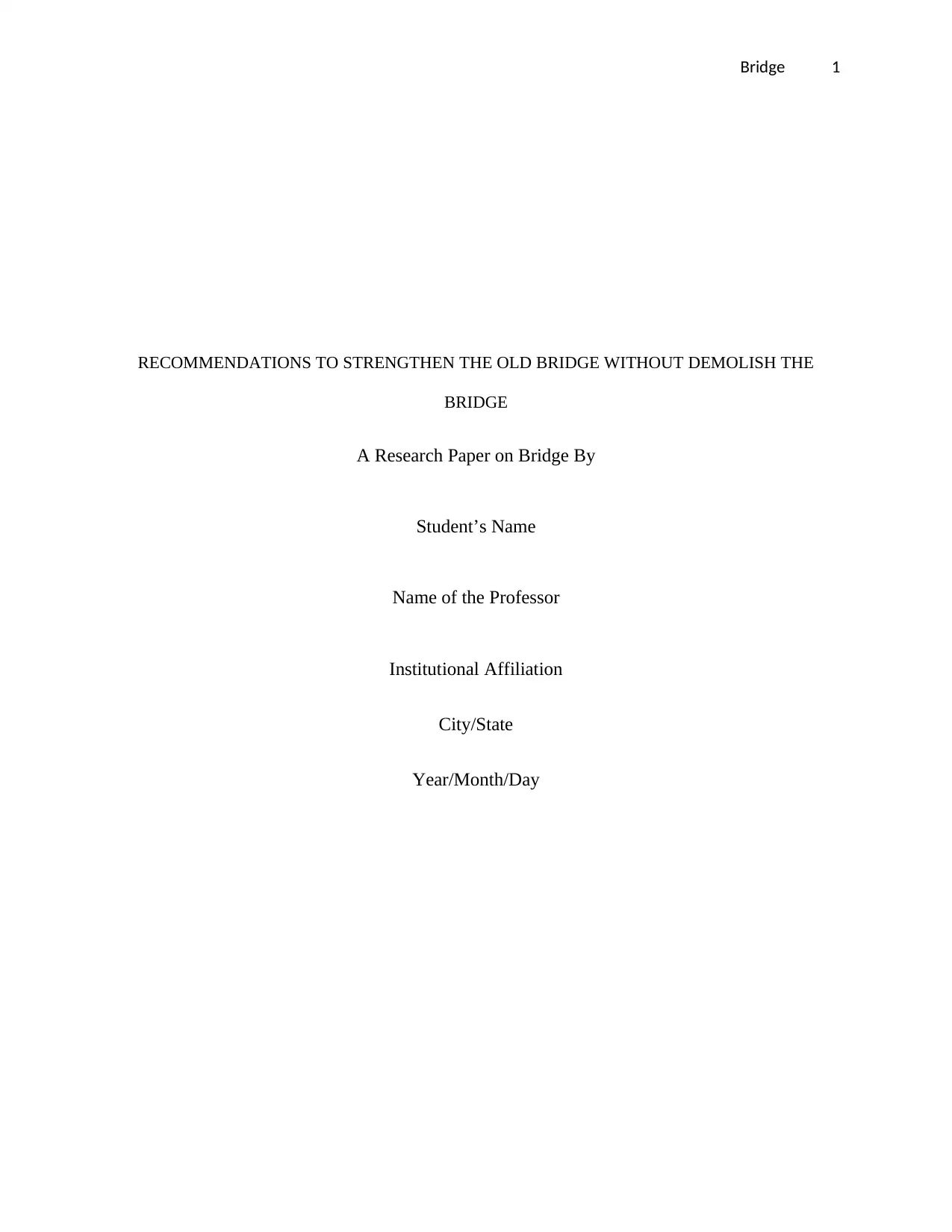
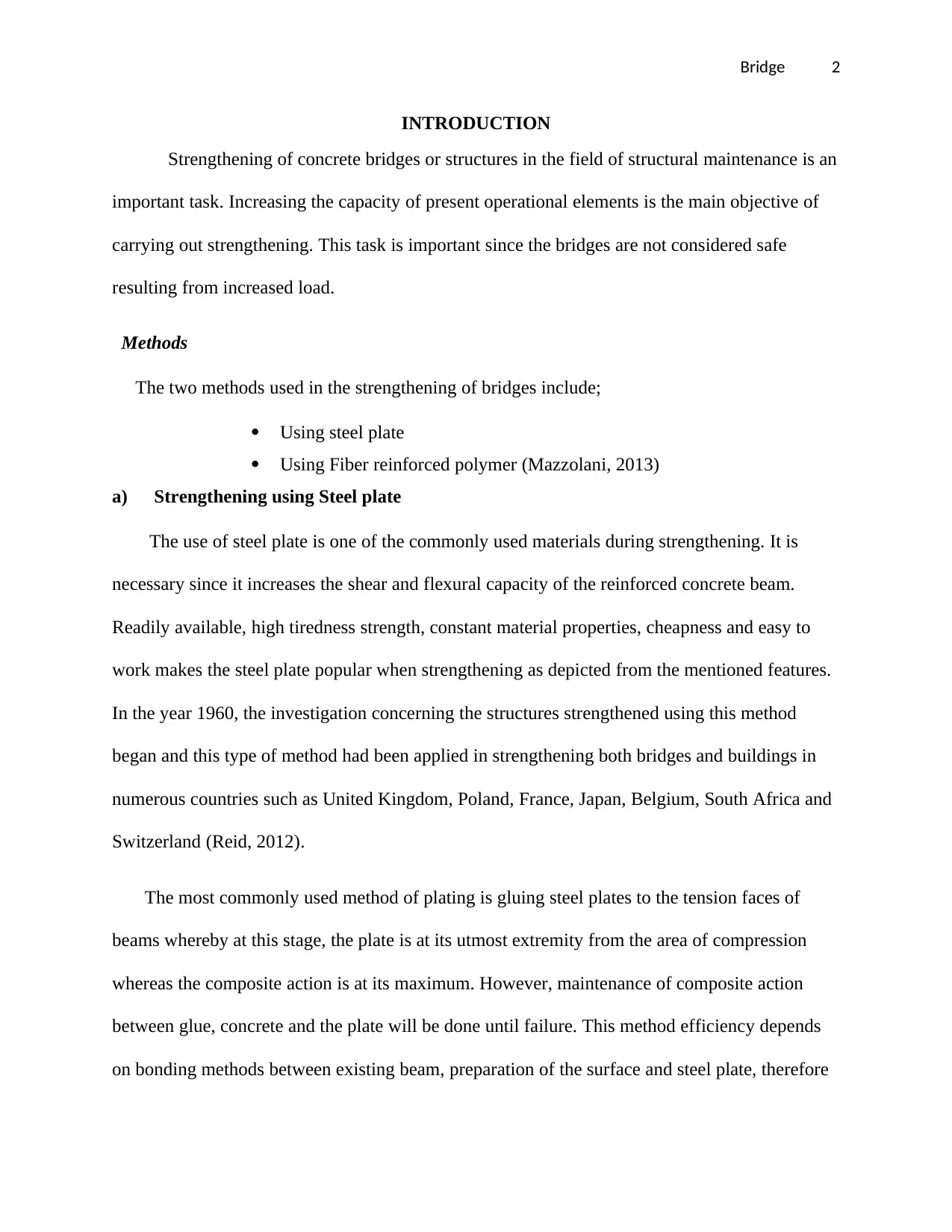
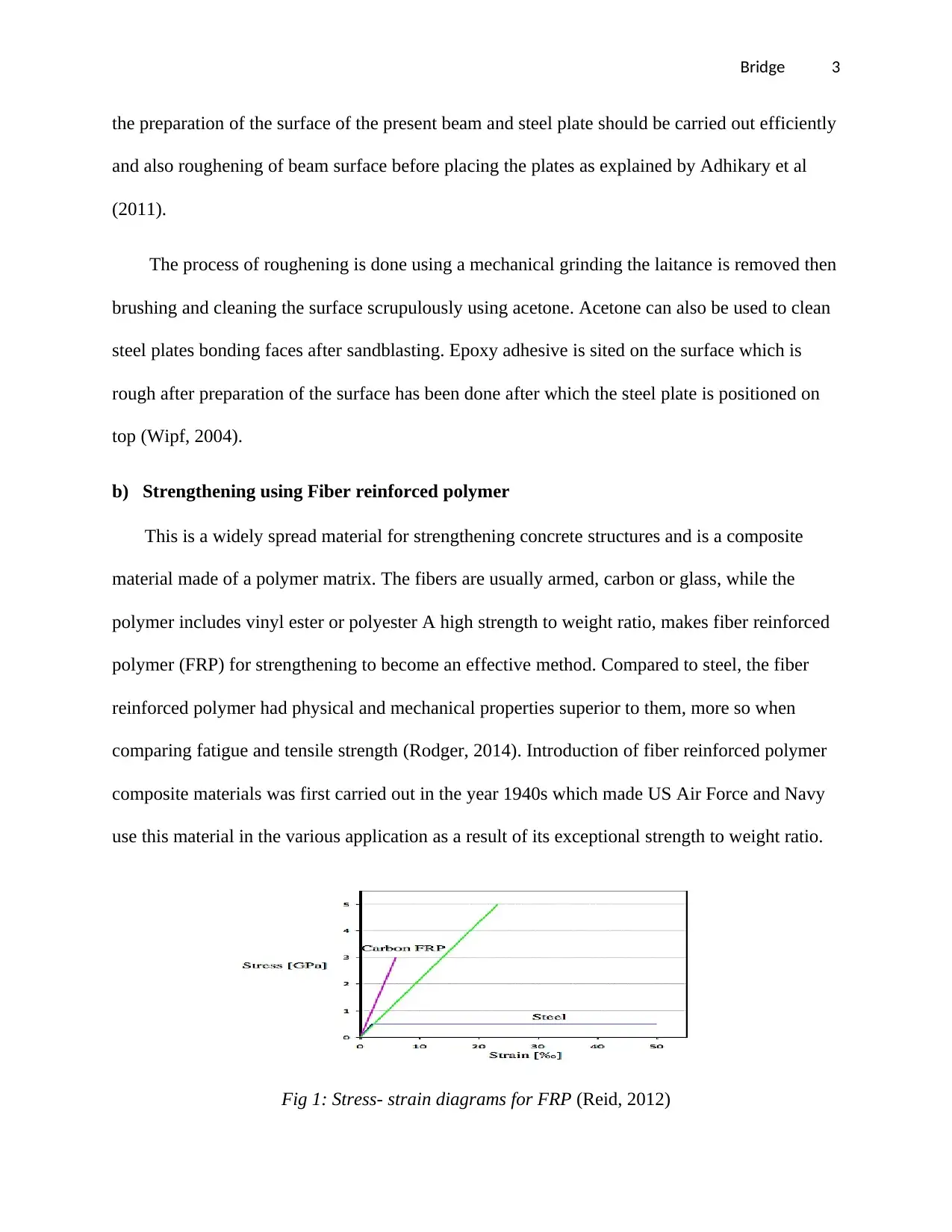
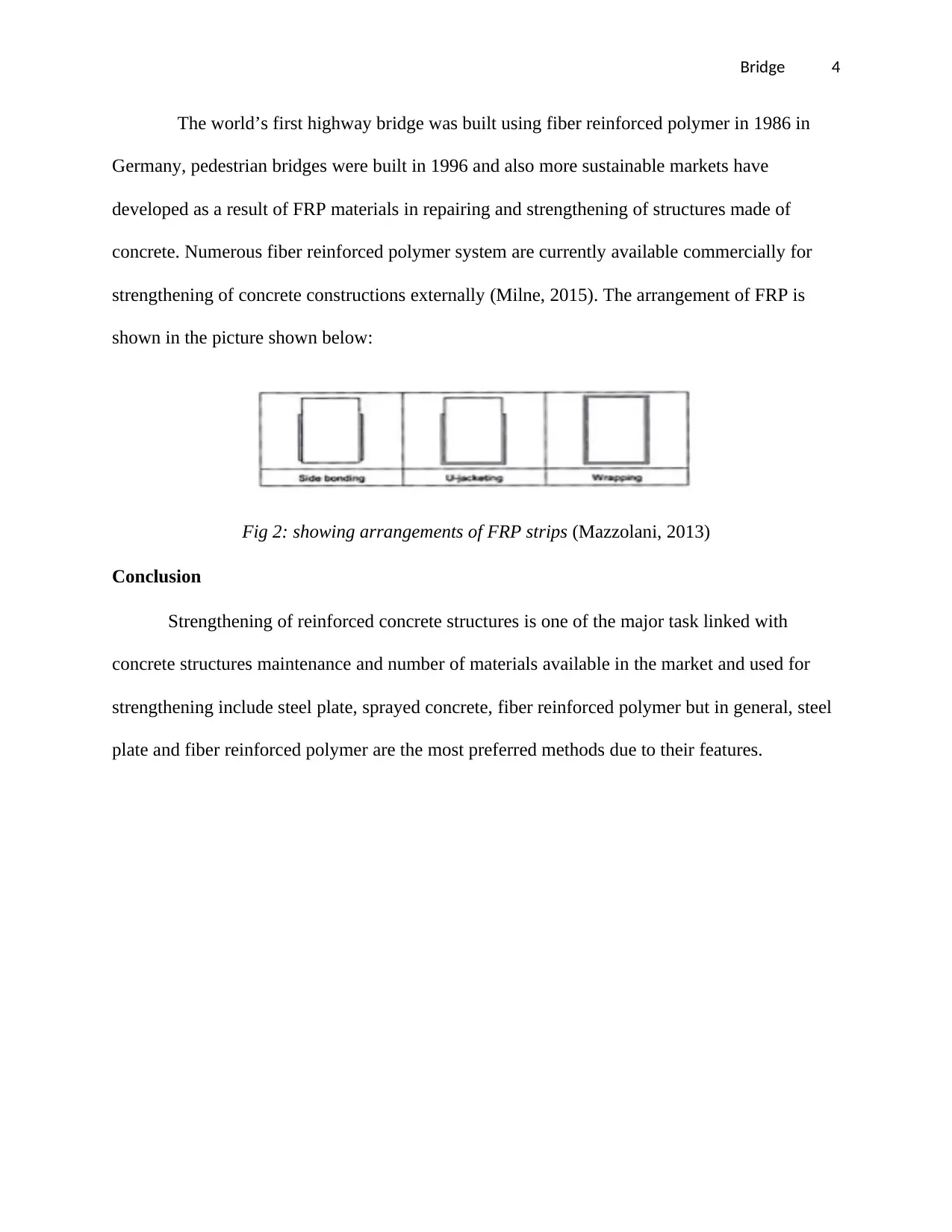
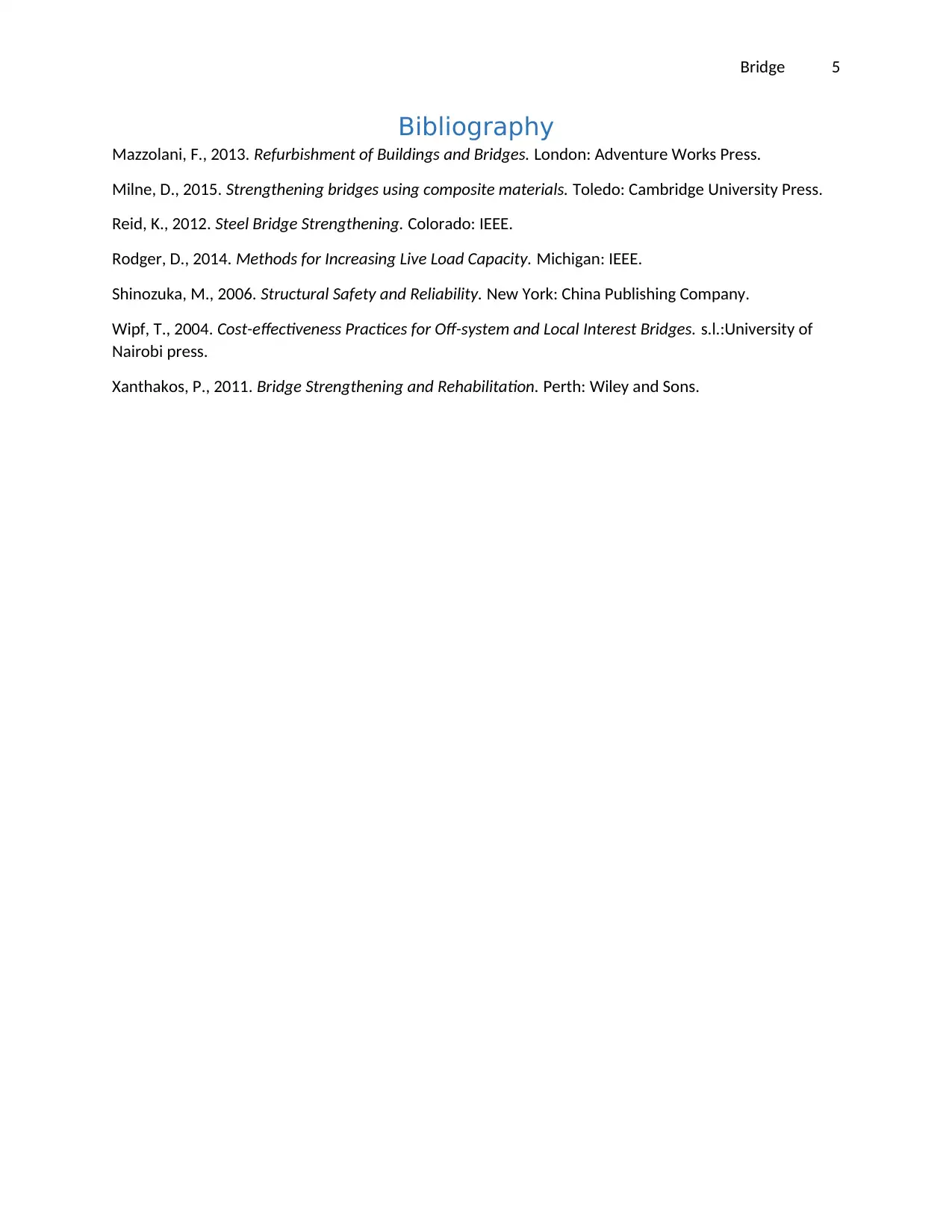






![[object Object]](/_next/static/media/star-bottom.7253800d.svg)